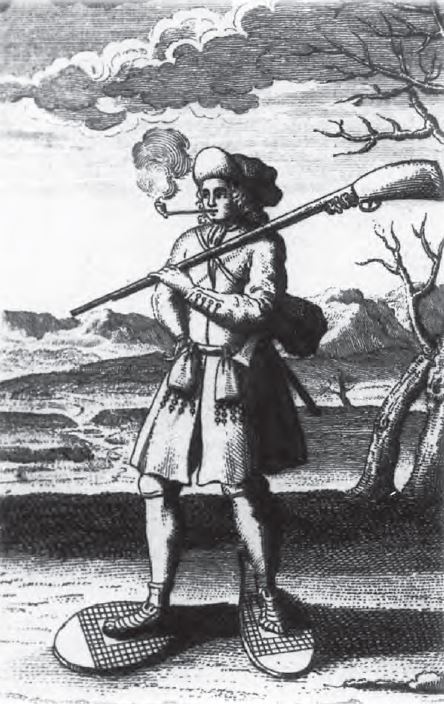1. Introduction: From Sacred Rituals to Commercial Ventures
Native cigarettes in Canada are a fascinating blend of ancient traditions and modern commerce. From their ceremonial origins among Indigenous peoples, these cigarettes have undergone significant transformation, culminating in their present-day commercial status. Let’s journey through time and understand the chronological tale of native cigarettes in Canada.
2. The Prehistoric Significance: Smoking and Indigenous Rituals
Before the concept of trade emerged, tobacco was viewed as a sacred plant among many Indigenous communities. It played a central role in spiritual rituals, used for offering thanks, seeking protection, or communicating with the spiritual world. Smoking wasn’t just a casual activity; it was a deeply spiritual act.

3. European Contact: The Introduction of Trade
Discovery of the New World: First Encounters with Tobacco
When European explorers first set foot in the Americas during the 16th century, they were introduced to a plethora of unfamiliar customs, foods, and materials. Among the most captivating was tobacco, a plant native to the region and deeply embedded in the spiritual and social fabric of Indigenous societies.
The Adoption and Adaptation by Europeans
Although initially puzzled by the practice of inhaling smoke, many Europeans quickly developed a fondness for the sensation and effects of tobacco. Sir Walter Raleigh, a notable English explorer, is often credited with popularizing tobacco smoking in England after his voyages to the Americas.
As European settlers and explorers returned to their homelands, they took with them tobacco seeds and the practice of smoking. The novelty and allure of this new habit spread like wildfire across the continent. In a short time, tobacco pipes became common, and smoking was embraced by both the elite and the common folk.
The Birth of Commercial Tobacco
Recognizing the growing demand, European settlers saw an opportunity. Instead of just consuming tobacco, they began cultivating it as a crop for trade. The fertile soils of the American colonies, especially in places like Virginia, proved ideal for tobacco farming. Soon, tobacco cultivation became one of the primary economic drivers in the European settlements in the Americas.
However, this commercialization came at a cost. The spiritual and ceremonial significance of tobacco in Indigenous cultures began to fade as the plant became a commercial commodity. The shift from sacred herb to cash crop marked a significant cultural change, with profound implications for Indigenous communities.
Impact on Indigenous Communities
While some Indigenous communities benefited from trading tobacco with the settlers, many faced exploitation. European demand for tobacco led to land seizures and forced labor. As Europeans established plantations, they often relied on both Indigenous and imported African slave labor to meet the intense demands of cultivation.
Moreover, the commercialization and mass cultivation of tobacco led to a cultural disconnect. A plant that was once revered and used with intention in rituals and ceremonies became a mass-produced commodity, its sacred significance overshadowed by its commercial value.
4. The Emergence of Native Cigarettes
While traditional forms of tobacco were pipes and loose leaf, the convenience and portability of cigarettes made them increasingly popular. By the 19th century, native cigarettes began to gain traction, blending Indigenous tobacco varieties with the cigarette form introduced by Europeans.
5. Taxation Tensions and the Rise of the Informal Market
As the Canadian government introduced taxes on tobacco products, tensions arose. Indigenous communities argued that they should be exempt based on their sovereign rights. The high taxes led to the rise of an informal, untaxed native cigarette market, significantly impacting the Canadian economy.

6. The Debate: Quality Vs. Price
Native cigarettes are often cheaper than mainstream brands, but there’s an ongoing debate regarding their quality. Some argue that native cigarettes, being untaxed and unregulated, may pose greater health risks, while others praise them for their authentic taste and traditional manufacturing methods.
8. Native Cigarettes and Indigenous Empowerment
Despite the challenges, the native cigarette industry has become a source of empowerment for many Indigenous communities. It provides employment opportunities, boosts local economies, and re-establishes a sense of pride in Indigenous traditions and practices.
9. The Ethical Quandary: Health Vs. Cultural Respect
While it’s essential to respect Indigenous traditions and their economic ventures, the health concerns surrounding smoking remain. Balancing cultural respect with health advocacy is a delicate act that both policymakers and consumers grapple with.
10. The Future: What Lies Ahead for Native Cigarettes?
With changing global attitudes towards smoking, and increasing emphasis on health, the future of native cigarettes is uncertain. However, if the industry can adapt by focusing on sustainable and healthier alternatives, it could pave the way for a new chapter in its rich history.
Conclusion
From its spiritual origins to its present commercial status, the journey of native cigarettes in Canada is both intricate and enlightening. While the debate on their health impacts continues, their significance in Indigenous history and culture is undeniable. As we move forward, finding a balance between cultural respect and health awareness will be crucial to determining the future of this age-old tradition.




